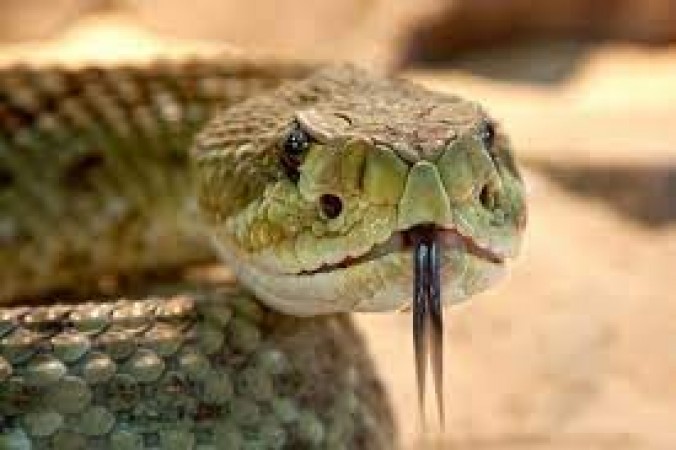
Snakes, despite their reputation as stealthy and formidable predators, have their own set of fears and vulnerabilities. While they may evoke fear in many humans, snakes themselves are not immune to experiencing fear, especially when confronted by certain animals. Understanding the reasons behind their fears can provide valuable insights into snake behavior and interactions within their ecosystems.
Predators or Prey?
Predator-Prey Dynamics: In the natural world, snakes occupy various niches within ecosystems. While some species are apex predators, others find themselves lower in the food chain, making them vulnerable to predation by larger animals.
Size Disparities: One significant factor that influences a snake's fear response is the size disparity between itself and potential predators. Larger animals pose a more immediate threat due to their ability to overpower and consume the snake.
Predatory Threats
Mammalian Predators: Animals such as mongooses, foxes, and certain species of wildcats are known predators of snakes. Their agility, speed, and sharp senses make them formidable adversaries for snakes.
Avian Predators: Birds of prey, including hawks, eagles, and owls, are skilled hunters capable of capturing snakes with their talons or beaks. Their aerial prowess gives them an advantage over ground-dwelling snakes.
Defensive Strategies
Avoidance Behavior: Snakes often exhibit avoidance behavior when encountering potential predators. They may retreat to burrows, hide among vegetation, or slither away silently to evade detection.
Camouflage and Mimicry: Some snake species employ camouflage or mimicry to blend into their surroundings and avoid detection by predators. This adaptation allows them to remain undetected and reduce the risk of predation.
Chemical Defenses
Venomous Snakes: Venomous snakes possess specialized adaptations for defense, including venomous fangs and potent toxins. These adaptations serve as a deterrent against potential predators, as the consequences of an attack can be severe or even fatal.
Warning Displays: Certain non-venomous snakes mimic the appearance or behavior of venomous species as a form of defense. By adopting similar coloration or defensive postures, they deter predators that associate such traits with danger.
Natural Enemies
Rival Predators: In addition to predators, snakes may also face threats from rival predators competing for resources within their habitat. Interactions between predators can influence the distribution and abundance of snake populations.
Human Impact: Human activities, such as habitat destruction, pollution, and direct persecution, contribute to the decline of snake populations worldwide. Loss of habitat and fragmentation of ecosystems disrupts natural predator-prey dynamics, placing additional stress on snake populations.
Understanding the factors that instill fear in snakes sheds light on their behavior and ecological roles. While snakes are often portrayed as formidable predators, they face their own set of challenges and vulnerabilities in the natural world. By recognizing the threats they encounter, we can appreciate the complexity of snake ecology and work towards conservation efforts to ensure their survival.
Garlic spinach is best for lunch to dinner, it is prepared very easily
Eat These 5 Foods During Pregnancy for the Health of Both Mother and Child
You also have the habit of applying mascara again and again! These losses can occur